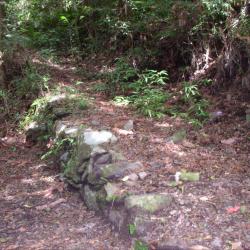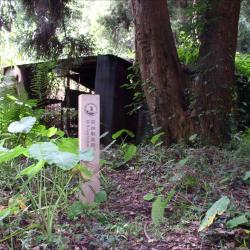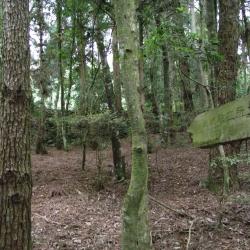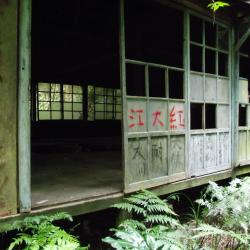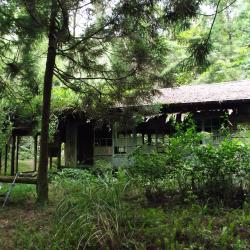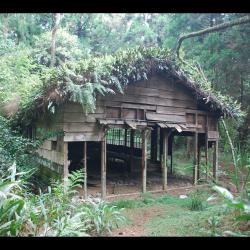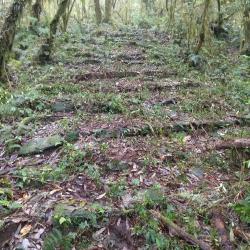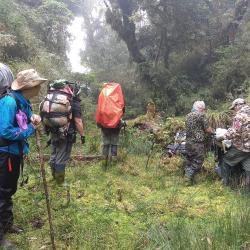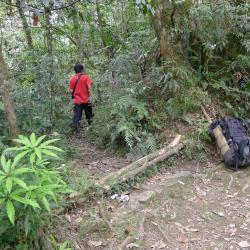Shu Police Post, in Tai'an Township of Miaoli County, is located at the northeastern foot of Beikeng Mountain, northeast of Erbensong, and at an altitude of about 1,730 meters. It was built in 1923.
The origin of the name, Shu (meaning dawn), is unknown but may be related to the landscape and the rising sun. However, the traditional Atayal name is Mai-leliuk, which means a place where many leliuk trees grow. Leliuk is a hard woody tree of the Fagaceae family. The tree trunk can be used as a hoe handle and ship beams. The fruits are often eaten by flying squirrels, muntjacs, squirrels, and black bears. Therefore, in the past, it was common to see black bears in this area.
